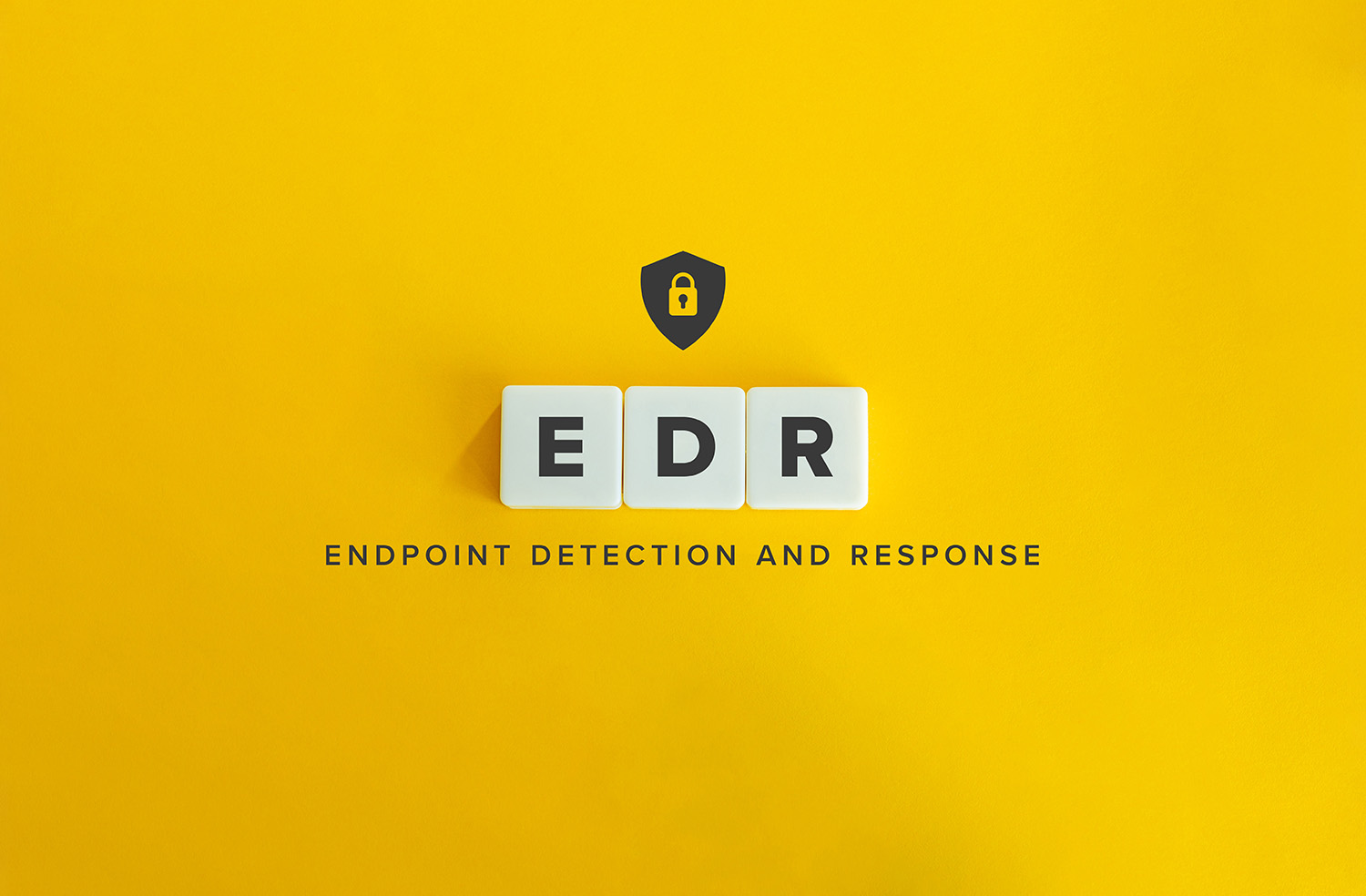EDR vs Antivirus: What SMBs Actually Need
Think of traditional antivirus as a gate guard with a laminated binder of faces. If the intruder matches a mugshot, they’re denied. That worked when threats were slow, obvious, and recycled. Modern attacks are shapeshifters. They land through a trusted account, pivot inside your network, and weaponize normal tools to look boring. You don’t repel that with mugshots. You need a system that watches behavior, not just signatures. That’s EDR.
EDR (Endpoint Detection & Response) isn’t magic; it’s instrumentation and response at the device level. It collects signals about processes, connections, persistence attempts, and suspicious chains of activity, then acts. When tuned, it isolates a compromised machine fast enough to stop an incident from becoming a breach. When neglected, it becomes a noisy roommate who cries wolf at 3 a.m. until everyone stops listening.

The decision leaders are actually making
The choice is not AV or EDR. It’s “Which combination reduces real risk without overwhelming the team?” For many SMBs, that means keeping signature-based protection as table stakes and adding EDR to handle the threats that don’t announce themselves. The differentiator is not the logo; it’s the fit: OS coverage, identity integrations, how well it handles your line-of-business software, and whether your staff can live with the alert volume. A great detection that nobody sees is functionally the same as a miss.
Where EDR pays for itself (and where it doesn’t)
EDR earns its keep during the messy middle of an incident. A device starts encrypting files; EDR can cut it off from the network while you’re still sipping coffee. A finance laptop suddenly beacons to a new domain after opening an invoice; you can kill the process and capture forensic trails in minutes. On calmer days, the telemetry lets you understand how something got in and what else it touched - useful for insurance, board updates, and preventing reruns.
Where EDR doesn’t pay is in set-and-forget deployments. Installing an agent without thoughtful policies or response guardrails gets you the worst of both worlds: noisy dashboards and false confidence. If you’ve ever muted a channel because it pings too often, you already know the outcome.
Alert hygiene is not optional
Quiet is a feature. An EDR program that pings constantly trains the team to distrust it. Leaders should demand an alert budget and escalation logic that match business reality. That includes acknowledging that different roles behave differently. Developers compile code. Designers export massive files. Servers should never look like laptops. Treating them the same yields noise. Noise drowns signal. Signal is how you keep Tuesday from turning into the incident you present to the board on Thursday.

The human side of “rolling it out”
Technology is the easy part. Rollout failure is usually social. Teams fear slowdown. Leaders fear cost without visible benefit. Your IT staff fears being on the hook for a chat channel that won’t shut up. A good rollout meets those fears head-on with expectations, not tutorials. “Here is what will change for you. Here is what not to do. Here is who will act when the console lights up.” That’s culture work masquerading as security work.
Servers deserve special attention. They are not desktops on a bigger diet. Policies should reflect the sacredness of uptime. Kiosks and shared machines are their own species. Remote or field devices will always be messy; treat them as such. Pretending all endpoints are the same is comforting and wrong.
Insurance, auditors, and the language of reassurance
Carriers increasingly want to see EDR, MFA, and backups that pass a sniff test. Auditors want to hear “playbooks” and “evidence.” Boards want a one-page confidence read: how fast you isolate, what you monitor, how many incidents actually mattered, and what you changed because of them. EDR can feed that narrative with real numbers. An EDR program that never graduates beyond “we installed it” won’t.

What ThinkSwift brings (without the blow-by-blow)
We build EDR programs that your staff can live with and your leaders can defend. That involves vendor selection for your mix of devices and identity, policy sets that match how your people work, alert hygiene that keeps the console quiet until it shouldn’t be, and response that doesn’t require a meeting to isolate a machine. We won’t publish the choreography here. It’s why teams hire us - and why their programs still look sane a year later.
We build EDR programs that your staff can live with, and your leaders can defend. That involves vendor selection for your mix of devices and identity, policy sets that match how your people work, alert hygiene that keeps the console quiet until it shouldn’t be, and response that doesn’t require a meeting to isolate a machine. We won’t publish the choreography here. It’s why teams hire us - and why their programs still look sane a year later.
Reality check to carry with you:
The right tool with the wrong policies is the wrong tool.
The fastest “response improvement” is reducing noise you’ll never act on.
The goal is fewer surprises, not more dashboards.
FAQ
Will EDR slow down our machines? With tuned policies and publisher-based allowlists, impact is typically minor and often invisible to non-technical staff.
Do we also need MDR? If you lack after-hours coverage, MDR is a pragmatic way to ensure someone handles alerts when you can’t.
Should servers get different policies? Absolutely - servers, kiosks, and developer machines need distinct baselines and controls, reviewed regularly.
Want a quiet, effective EDR program with rollout and tuning included? ThinkSwift handles it end-to-end.
Recent Blogs
Dashboards don’t fall apart because math is hard. They fall apart because language is loose. UTM parameters were supposed to be boring – labels on…
Read MoreThe password era is ending, and that helps SMBs Google made passkeys the default sign-in option for personal accounts and reports massive usage growth. Across…
Read MoreThe Boardroom Reality Check Most SMBs can point to where their backups live. Fewer can answer how fast a critical system returns or which application…
Read MoreDashboards don’t fall apart because math is hard. They fall apart because language is loose. UTM parameters were supposed to be boring – labels on…
Read MoreThe password era is ending, and that helps SMBs Google made passkeys the default sign-in option for personal accounts and reports massive usage growth. Across…
Read MoreThe Boardroom Reality Check Most SMBs can point to where their backups live. Fewer can answer how fast a critical system returns or which application…
Read More


